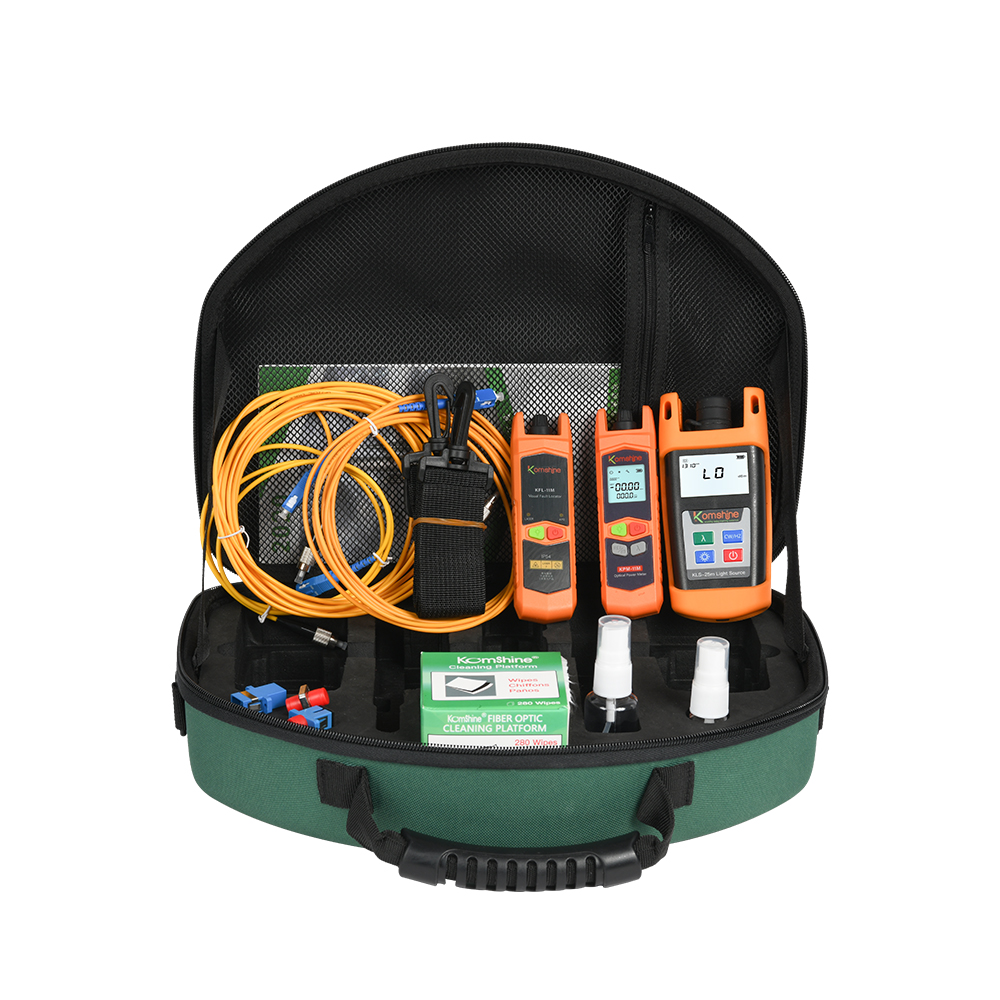Upcoming innovations in fibre testing equipment for fiber optic networks
Wiki Article
All You Need to Find Out About Robotic Vision and Its Applications in Advanced Optical Measurement Equipments
Robotic vision stands for a substantial innovation in the junction of computer system vision, expert system, and machine learning. This technology improves the accuracy of optical dimension systems, allowing real-time data evaluation and enhanced top quality control. Its influence extends multiple markets, from making to healthcare. The progressing landscape of robotic vision raises questions concerning future capabilities and applications. What advancements exist ahead in this transformative area?Comprehending Robotic Vision: Secret Concepts and Technologies
Robotic vision encompasses the modern technologies and methods that make it possible for equipments to translate and recognize visual information from their atmosphere. This field combines elements of computer system vision, synthetic intelligence, and artificial intelligence to assist in computerized decision-making based on visual information. Secret concepts include picture processing, which involves the improvement and evaluation of photos to remove meaningful features, and item acknowledgment, which enables makers to determine and classify items within a scene.
The Combination of Robotic Vision With Optical Measurement Systems
As sectors progressively demand precision and effectiveness, the assimilation of robotic vision with optical dimension systems has actually arised as a transformative technique. This synergy permits robots to regard and analyze their environments, enhancing the capacity of optical dimension systems to evaluate and assess objects with unequaled accuracy. By gearing up optical sensing units with innovative imaging innovations, robot vision makes it possible for real-time data collection and processing, facilitating instant changes to measurement parameters.Furthermore, the combination equips automated systems to find variations in dimensions, surface area high quality, and placement, which are critical in top quality control processes. Enhanced formulas, such as artificial intelligence, additional augment this combination by enhancing the systems' capability to adapt to different settings and circumstances. Subsequently, the integration not just streamlines measurement procedures but additionally lessens mistakes, guaranteeing that items satisfy strict sector requirements, thus solidifying the function of robotic vision in the future of optical measurement systems.
Applications of Robotic Vision in Manufacturing
In contemporary manufacturing environments, the usage of vision systems has reinvented manufacturing processes by making it possible for machines to do tasks with impressive accuracy and rate. Robotic vision systems are increasingly employed for quality assurance, where they evaluate items for flaws and warranty adherence to specs. These systems use cameras and advanced algorithms to analyze items in real-time, significantly reducing the risk of human error.In addition, robot vision helps with automation in setting up lines, enabling robots to accurately determine components and construct them with minimal downtime. This innovation likewise boosts stock monitoring, as vision systems can check supply levels and find inconsistencies, assuring a smooth supply chain.
Additionally, robotic vision aids in the execution of clever factories, where data from vision see this systems can be incorporated with other innovations to maximize operations. Generally, the applications of robot check this vision in manufacturing demonstrate its essential function in enhancing performance, high quality, and efficiency throughout different industries
Robotic Vision in Health Care: Transforming Person Treatment

In rehabilitation, robot vision aids in checking person progress and tailoring therapy sessions to individual demands. It supports doctor by automating jobs such as data collection and patient surveillance, allowing for more time to concentrate on straight patient communication. Additionally, robot vision improves telemedicine by allowing remote medical diagnosis and online appointments, linking the gap between patients and doctor. Generally, the application of robot vision in health care is changing person care, leading to boosted results, performance, and client satisfaction.
Future Trends and Advancements in Robotic Vision Innovation
The fast development of robotic vision modern technology assures to further improve its applications throughout numerous sectors, consisting of healthcare. Future fads suggest a significant shift towards integrating fabricated knowledge and device discovering, enabling systems to gain from vast datasets and boost precision in time. Boosted sensor innovations and deep understanding formulas are click over here anticipated to fine-tune item recognition capabilities, permitting robots to analyze intricate settings better.
In addition, the assimilation of increased fact (AR) with robot vision will likely transform how robots aid in procedures and diagnostics. This harmony will certainly facilitate real-time data visualization, improving decision-making processes. Furthermore, miniaturization of elements will certainly result in more small and functional robotic vision systems suitable for a variety of tasks. As these developments unfold, markets will witness boosted automation and effectiveness, solidifying robot vision as a keystone of cutting-edge technical remedies.
Frequently Asked Questions
What Are the Main Components of a Robotic Vision System?
The primary parts of a robot vision system include video cameras for photo capture, processors for information evaluation, formulas for analysis, and actuators for motion. Together, these elements make it possible for robotics to perceive and interact with their atmosphere successfully.Exactly How Does Robotic Vision Improve Accuracy in Measurements?
Robotic vision enhances measurement precision by making use of advanced imaging innovations, making it possible for exact things discovery and spatial analysis. This capacity lowers human error, enhances repeatability, and permits real-time modifications, eventually boosting general measurement integrity and efficiency.What Industries Benefit Many From Robotic Vision Innovation?
Different markets profit greatly from robot vision technology, including manufacturing, health care, agriculture, and logistics. These fields make use of boosted precision, effectiveness, and automation, resulting in enhanced performance and reduced operational prices in their respective processes.Can Robotic Vision Systems Job in Low-Light Issues?
Robotic vision systems can without a doubt operate in low-light conditions, making use of sophisticated sensing units and algorithms to enhance picture clearness. This capability enables them to perform effectively in different environments, consisting of industrial and monitoring applications, even with minimal lighting.What Are the Costs Connected With Implementing Robotic Vision?
The costs connected with applying robot vision differ considerably, affected by elements such as video cameras, software application, and combination. Additional expenditures include upkeep, training employees, and prospective upgrades to existing systems, which can accumulate in time.Report this wiki page